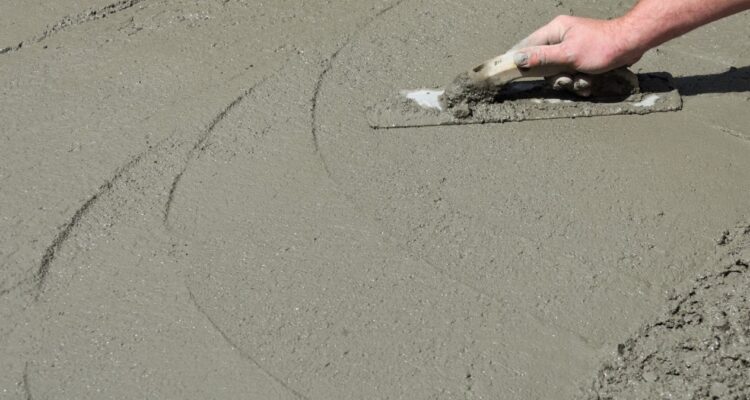If you plan to remodel your kitchen, you have a few different floor types to choose from, each with their own pros and cons. Polished concrete is a great choice if your kitchen sees a lot of action. Not only does polished concrete work well with various styles of interior design, but it also provides a kitchen with a number of important benefits.

The Basic Epoxy Flooring Installation Process
Epoxy flooring is one of the most exciting modern home flooring options available. Not only is it stunningly beautiful, but it is also easy to maintain, durable, reflective, and seamless. A well-installed epoxy floor can last for decades and add to the bright, warm environment of any home.
Although many homeowners still like wall-to-wall carpet in bedrooms, epoxy floors are becoming a popular choice for high-traffic areas, including kitchens, hallways, and garages. Epoxy floors can withstand everything a busy family can throw at them.
Installing an epoxy floor over existing or new concrete isn’t a simple process, and missing a small detail about an epoxy coating could lead to a bubbling or uneven floor. When you hire a professional team to do the job, you can expect them to use the following basic installation process with slight modifications based on your home’s location and the coatings you choose.
Preparation Work
One of the trickiest parts of epoxy flooring installation is floor preparation. If a concrete floor isn’t clean, dry, and smooth, every flaw in its surface can affect the epoxy coating. Moisture can cause bubbling, stains can show through clear coatings, and surface dings can lead to an uneven epoxy coat. The professionals may spend several days ensuring the concrete floor is in perfect condition before applying the epoxy.
Since the epoxy will raise the level of the floor, many professional teams remove baseboards as part of the flooring preparation process. After the epoxy has cured, they reinstall the baseboards at the correct height for the new floor.
Some homeowners plan to install epoxy flooring when they design their homes. New concrete has to cure completely before the epoxy is installed, and this process can take up to a month. Skipping this cure time could lead to bubbling in the epoxy coating.
Installation
Once the concrete floor is completely prepared for the epoxy, installation is a quick process. Typically, a professional team can install all of the layers of an epoxy floor in less than a day because the coats don’t need to dry as they are layered.
First, workers coat the floor with a base epoxy coat. This coat seals the floor and provides an adhesive surface for the rest of the floor’s layers. If the homeowner has requested add-ins like flakes and glitter, workers either apply them by mixing them into a layer of epoxy or by spreading them onto the base layer of epoxy. Then, workers add a top coat that will be exceptionally strong and durable when cured.
Cure Time
After all of the layers of epoxy have been applied to the concrete floor, the curing process begins. Until the floor is at least partially cured, anything that touches its surface can permanently damage the coating or become bonded to the surface. Dust is a major concern, so contractors may need to stop all construction operations near the new flooring.
For the first 24 hours after installation, the floor needs to remain completely untouched by people, pets, dust, and dropped objects. After that, it can withstand light foot traffic, but keeping the floor untouched until it fully cures is ideal.
Most epoxy floors are fully cured after 72 hours. Once a floor is fully cured, it should be strong enough to support heavy furniture and even vehicles, but depending on the temperature and the exact flooring materials used, the curing process could take a little bit longer. Professional installers typically give their clients exact cure timelines for their floors.
Epoxy flooring installation is no easy feat, but flooring professionals know how to do the job right every time. If you have questions about the installation process or epoxy coatings we use at Deluxe Concrete, contact us today




This Post Has 0 Comments